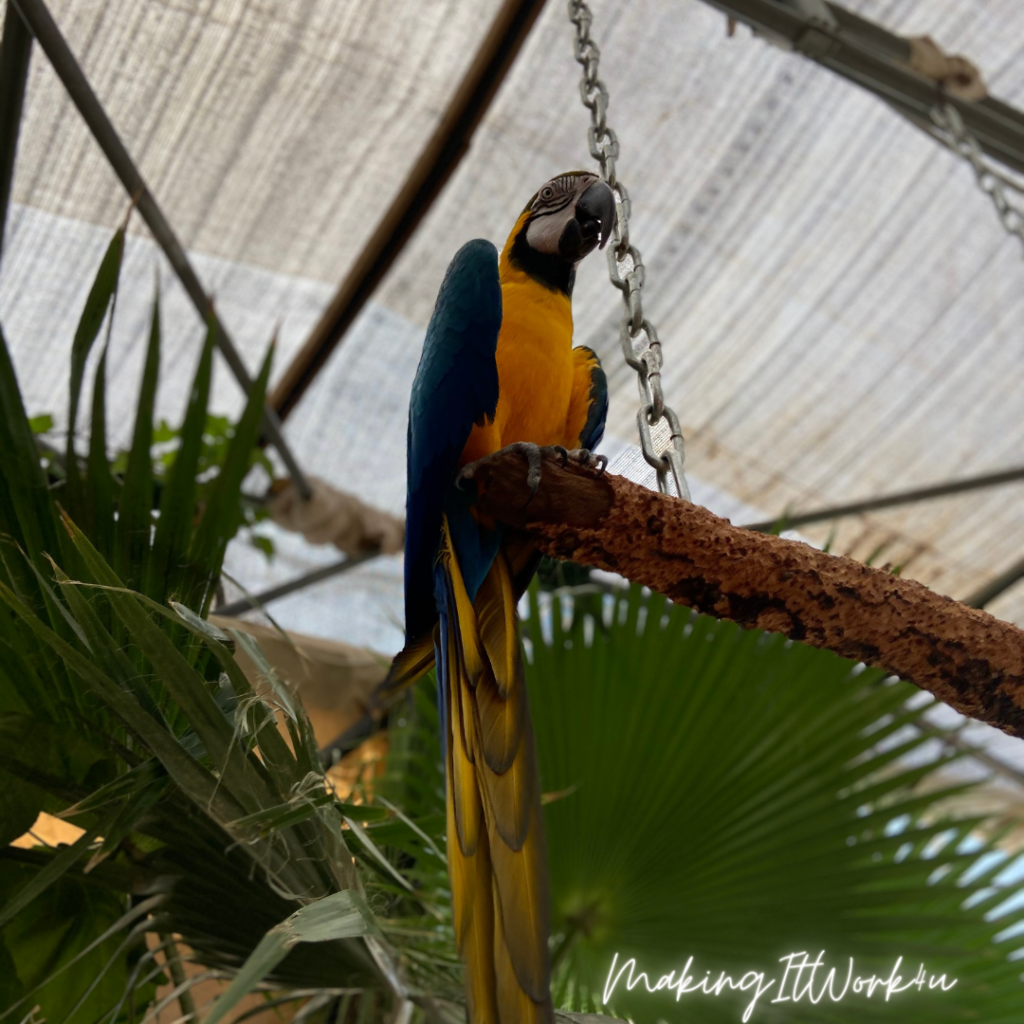Distractions can really mess with your productivity.
For me, for a long time it was apps like WhatsApp, Facebook, Instagram and Twitter. Every time I reached out for my phone, I was committing the deadly sin of spending more time on social media and less time on actual productivity.
For a while there, I was spending up to 3 hours a day surfing the NET! Meanwhile, my tasks and work were piling up. No more.I had to put a stop to it.
Once I limited them, making sure that I’m only using these apps at specific hours of the day, the distraction was gone.

What Are Distractions?
Distractions are anything that divert our attention away from the task or the goals we are trying to focus on.
They can be internal, such as staring into thin air, worrying or daydreaming.
They can also be external, such as a bird chirping at your window, noise in the background, cellphone apps and notifications, even other people.
Distractions can have a negative impact on our productivity, as they disrupt our concentration and make it harder to stay on task.
We have to minimize distractions, the best way we can.

Identify and eliminate sources of distraction
One effective way to minimize distractions is to identify the specific things that tend to pull your attention away from the task at hand. Take note of the things that distract you so that you can try to remove them from your environment.
Some common distractions include social media notifications or alerts, emails, noisy coworkers, clutter and mess around your workspace, personal thoughts, phone calls and much more.
If social media notifications distract you, turn them off while you work. If people calling you is a distraction, switch off your phone. Same for mess and clutter, keep a tidy workspace!
Once you’ve identified your most common distractions, you can take steps
to remove or minimize them.
By taking a proactive approach to managing distractions, you can create a more focused and productive work environment.

Create a distraction-free workspace
Choose a quiet and comfortable place to work, try to keep it tidy and organized.
Choosing a quiet location away from high-traffic areas or noisy equipment. If you’re working from home, try to set up your workspace in a quiet room or area of the house.
Remove unnecessary items on your work desk. Items that you don’t need for your work, such as clutter or personal items that may be distracting.
Optimize your lighting. Make sure your workspace is well-lit with natural or artificial light that’s easy on the eyes. You can also adjust the brightness or color temperature of your computer screen to reduce eye strain.
Use a comfortable chair and desk that are ergonomically designed to support good posture and reduce physical discomfort. A comfortable workspace can help you stay focused and avoid unnecessary distractions.

Take regular breaks
Taking regular breaks can actually help you stay focused in the long run.
Scheduling short breaks throughout the day gives your brain a chance to rest and recharge.
Taking regular breaks is an important part of staying focused and productive.
Schedule breaks are important. Set specific times throughout the day for breaks, such as every forty five minutes. This will help you avoid burnout and give you a chance to recharge.
Step away from your seat, computer or workspace.
During your breaks, step away from your desk or workspace to give your mind and body a chance to rest. Take a short walk, stretch, or do some other form of physical activity.
Stay hydrated making sure to drink plenty of water throughout the day in order to help you stay alert and focused. Make sure to keep a water bottle handy and take breaks to refill it as needed.
Eating regular meals during breaks can help you maintain your energy levels and avoid hunger-related distractions.
Remember that breaks are an important part of a productive workday.
By taking regular breaks, you can stay focused and productive throughout the day while also taking care of your physical and mental health.
Remember, distractions are a natural part of life, and it’s
impossible to completely eliminate them. With practice, you can learn to manage them more effectively and stay focused on your goals.
Sure, we can’t remove all distractions however, we certainly can limit them!